Home>Garden Essentials>How Much Does Landscaping Design Cost
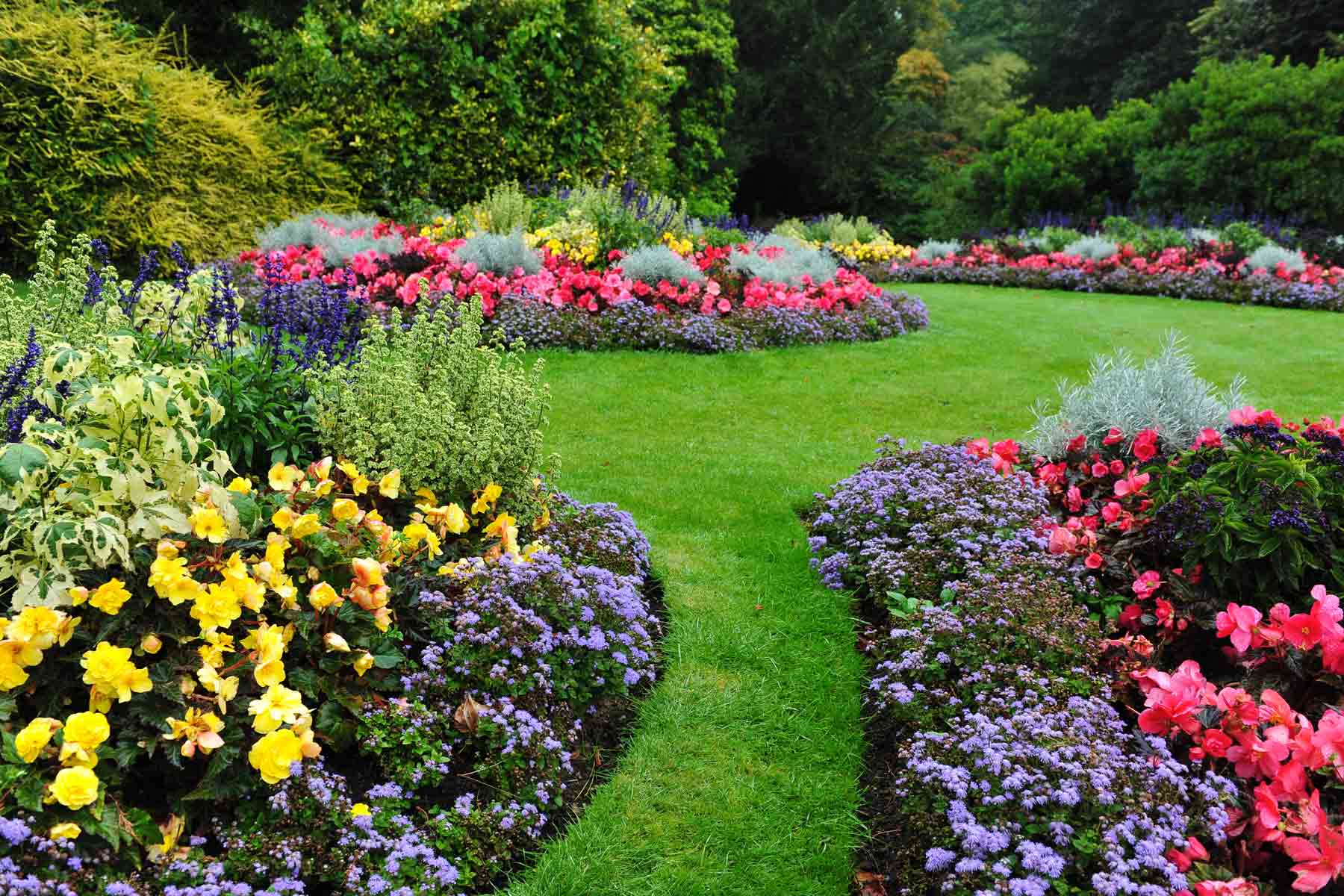

Garden Essentials
How Much Does Landscaping Design Cost
Modified: March 7, 2024
Discover the cost of garden landscaping design. Find out how much you should budget for your dream garden with our expert guide.
(Many of the links in this article redirect to a specific reviewed product. Your purchase of these products through affiliate links helps to generate commission for Storables.com, at no extra cost. Learn more)
Introduction
Landscaping design plays a crucial role in enhancing the aesthetic appeal of any outdoor space. Whether you have a small backyard or a sprawling garden, a well-designed landscape can transform it into a tranquil oasis, a vibrant gathering area, or a functional outdoor living space. However, like any other project, landscaping design comes with a cost. Understanding the factors that affect the cost and knowing the average expenses involved can help you plan your budget accordingly.
In this article, we will delve into the world of landscaping design costs, exploring the factors that influence them and examining the options available to you. Whether you choose to hire a professional landscape designer or undertake the project yourself, it is important to be aware of the potential expenses that may arise.
So, if you are considering a landscaping makeover for your property but are unsure about the financial implications, read on to find answers to your questions.
Key Takeaways:
- Landscaping design costs vary based on factors like size, complexity, materials, and location. Planning, research, and DIY options can help control expenses while creating a beautiful outdoor space.
- Hiring a professional landscape designer can ensure a high-quality outcome, but DIY landscaping offers potential cost savings. Consider factors like materials, tools, and long-term maintenance when budgeting for your project.
Read more: How Much Does It Cost For Landscaping
Factors Affecting Landscaping Design Cost
The cost of landscaping design can vary widely depending on several factors. Understanding these factors can help you estimate the potential expenses and make informed decisions about your project. Here are some key factors that influence landscaping design costs:
- Size of the Area: The size of your outdoor space is one of the primary factors affecting the cost of landscaping design. Designing a small courtyard will generally be less expensive compared to creating an elaborate design for a large backyard.
- Complexity of the Design: The complexity of the landscaping design also plays a role in determining the cost. Intricate designs, such as incorporating custom features like waterfalls, retaining walls, or intricate pathways, require more planning, materials, and labor, resulting in higher costs.
- Choice of Materials: The materials you choose for your landscaping project can significantly impact the cost. High-end materials, such as natural stone pavers or exotic plants, tend to be more expensive compared to more readily available options.
- Accessibility: The accessibility of your outdoor space can affect the cost of landscaping design. If the area is challenging to reach or requires special equipment for construction, it may increase the overall costs.
- Local Labor and Material Costs: The cost of labor and materials can vary depending on your location. Factors such as the local economy, availability of skilled labor, and the cost of living in your area can influence the final cost of the project.
- Additional Features: If you plan to incorporate additional features such as outdoor lighting, irrigation systems, or outdoor structures like gazebos or pergolas, these will add to the overall cost of the landscaping design.
- Maintenance Requirements: Consider the long-term maintenance requirements of your landscaping design. Some designs may require more regular upkeep or the hiring of maintenance services, which can impact the overall cost over time.
It is important to evaluate each of these factors carefully when planning your landscaping project. By considering these aspects, you can better estimate the cost and make choices that fit within your budget.
Average Cost of Landscaping Design
The average cost of landscaping design can vary depending on the scope of the project, the region, and other factors. While it is difficult to provide an exact figure, we can provide a general guideline to give you an idea of what to expect.
For a basic landscaping design without any complex features, the average cost can range from $2,000 to $6,000 for a small to medium-sized yard. This may include elements such as plant selection, hardscaping materials, basic lighting, and irrigation.
For more detailed and intricate designs that involve custom features, elevated materials, or larger areas, the cost can increase significantly. Such projects can range from $10,000 to $50,000 or even more, depending on the complexity and scale of the design.
It is important to remember that these figures are just averages and can vary from project to project. Factors such as location, local labor costs, material selection, and additional features will affect the final cost.
Furthermore, it is recommended to get multiple quotes from professional landscape designers in your area to obtain a more accurate estimate for your specific project. They will assess the scope of work, provide expert advice, and offer a detailed breakdown of the costs involved.
Keep in mind that investing in a well-designed landscape can significantly enhance the value of your property, provide an enjoyable outdoor living space, and create a beautiful environment for years to come.
Cost of Hiring a Professional Landscape Designer
When it comes to landscaping design, many homeowners opt to hire a professional landscape designer to ensure a high-quality and visually appealing outcome. While the cost of hiring a professional may seem daunting, it often proves to be a worthwhile investment in creating a stunning and functional outdoor space.
The cost of hiring a professional landscape designer can vary based on several factors, including the complexity of the project, the designer’s experience and expertise, and your location. The fees for their services can be structured in different ways:
- Hourly Rate: Some landscape designers charge an hourly rate, typically ranging from $50 to $150 per hour, depending on their qualifications and the complexity of the project. This option is suitable for smaller projects or consultation services.
- Fixed Fee: For more extensive landscaping projects, designers may charge a fixed fee based on the estimated time and resources required. This can range from a few thousand dollars for a basic design to tens of thousands of dollars for larger and more complex designs.
- Percentage of the Project Cost: In some cases, the designer may charge a percentage of the overall project cost. This arrangement is common for comprehensive landscape design projects that involve multiple elements and services.
In addition to the designer’s fees, you may also need to consider other costs associated with the project, such as materials, labor, and additional features. It is essential to have open and transparent communication with the designer to understand the complete cost breakdown of the project.
While hiring a professional landscape designer can increase the overall cost of your landscaping project, their expertise and knowledge can result in a well-planned and visually stunning design. They can help you maximize your budget, suggest suitable materials and plants, and ensure that the design aligns with your vision and preferences.
When selecting a landscape designer, it is recommended to review their portfolio, check for certifications or memberships in industry associations, and request references from their previous clients. This will give you confidence in their abilities and help you choose a designer who can bring your landscaping dreams to life.
When budgeting for landscaping design, consider factors such as the size of the area, the complexity of the design, materials, and labor costs. Get multiple quotes to compare prices and ensure you’re getting a fair deal.
Cost of DIY Landscaping Design
For those who enjoy hands-on projects and have a limited budget, undertaking a DIY landscaping design can be an attractive option. DIY landscaping allows you to put your personal touch on the project and potentially save money on professional fees. However, it is important to consider the costs involved and the potential challenges that may arise.
One of the primary advantages of DIY landscaping design is the potential cost savings. By taking on the project yourself, you can eliminate the expenses associated with hiring a professional designer. However, it is essential to have realistic expectations of your abilities and the resources required for the project.
When estimating the cost of a DIY landscaping design, consider the following expenses:
- Materials: The cost of materials will vary depending on the design and the elements you plan to incorporate. This may include plants, hardscaping materials (such as stones, pavers, or gravel), irrigation systems, outdoor lighting, and any additional features you want to add. Research prices and shop around to find the best deals on materials.
- Tools and Equipment: Assess the tools and equipment you may need for your DIY landscaping project. This might include tools such as shovels, rakes, wheelbarrows, a lawnmower, and other specialized equipment for specific tasks. If you don’t already own these tools, factor in the cost of purchasing or renting them.
- Learning Resources: Depending on your level of experience, you may need to invest in learning resources such as books, online courses, or workshops to gain the necessary knowledge and skills for your landscaping project.
- Time and Effort: While the monetary costs of a DIY landscaping design may be lower, it’s important to recognize the time and effort involved. Landscaping projects can be labor-intensive and time-consuming. Consider whether you have the necessary time and energy to dedicate to the project, especially if you have other commitments.
- Maintenance: Don’t forget to factor in the long-term maintenance costs of your DIY landscaping design. This may involve purchasing fertilizers, weed control products, and investing time in regular upkeep, such as watering, pruning, and lawn care.
While undertaking a DIY landscaping design can be rewarding, it’s crucial to be realistic about your abilities and the potential challenges you may face. If you’re uncertain about certain aspects of the project, it’s wise to consult with professionals for guidance or hire contractors for specific tasks that require specialized skills.
By carefully planning and budgeting for your DIY landscaping project, you can create a beautiful outdoor space while controlling costs and making the most of your resources.
Read more: How Much Does Desert Landscaping Cost
Additional Costs to Consider
When budgeting for a landscaping design project, it’s important to consider other potential costs beyond the design and construction expenses. These additional costs can vary depending on your specific project and preferences. Here are some factors to keep in mind:
- Permits and Regulations: Depending on your location and the scope of your landscaping project, you may need to obtain permits or comply with certain regulations. These may incur additional costs, including application fees or expenses related to meeting specific requirements of the local authorities.
- Site Preparation: Before beginning the landscaping design, you may need to prepare the site. This can involve removing existing vegetation, grading the land, or addressing drainage issues. Site preparation expenses should be factored into your overall budget.
- Furniture and Decor: If you plan to create an outdoor living space, you may need to purchase furniture, accessories, and decor items, such as seating, tables, cushions, lighting, and outdoor rugs. These costs should be considered when estimating the overall expenses.
- Maintenance Services: If you prefer to hire professionals for ongoing maintenance, such as lawn care, trimming, or seasonal plantings, you should factor in the cost of these services into your budget. Consider whether you’re comfortable performing these tasks yourself or if you’d prefer to allocate funds for regular maintenance.
- Watering and Irrigation: Implementing an efficient watering and irrigation system is essential for the health and longevity of your landscape. The cost of installing irrigation systems, such as sprinklers or drip irrigation, as well as the expenses associated with water usage, should be considered.
- Long-Term Plan: While focusing on the immediate project cost, it’s also crucial to think about the long-term plan for your landscaping design. Assess the longevity of plants, potential replacements or renovations in the future, and allocate funds for changes or updates down the line.
By taking these additional costs into account, you can create a more accurate budget for your landscaping design project. Keep in mind that it’s always wise to have some contingency funds available for unexpected expenses that may arise during the project.
Overall, careful planning, thorough research, and realistic budgeting will help you manage the additional costs and ensure that your landscaping design project stays within your financial means.
Tips for Saving Money on Landscaping Design
Landscaping design projects don’t have to break the bank. With careful planning and smart choices, you can create a beautiful outdoor space while keeping costs under control. Here are some tips to help you save money on your landscaping design:
- Set a Realistic Budget: Before starting your landscaping project, establish a budget and stick to it. This will help guide your decisions and keep expenses in check. It’s essential to be realistic about what you can afford and prioritize your design elements accordingly.
- Do Your Research: Spend time researching different materials, plants, and design options. Compare prices, quality, and durability to find the best value for your money. Look for sales, discounts, and clearance items at local nurseries or home improvement stores.
- Reuse and Repurpose: Instead of buying new materials, consider reusing or repurposing existing items for your landscaping project. For example, repurpose old bricks or stones as pavers, use reclaimed wood for raised beds or borders, or repurpose household items as unique planters.
- Plan for the Long Term: Choose plants that are low maintenance, drought-tolerant, and suited to your climate. Opt for perennials that come back year after year, rather than annuals that require replanting. By selecting resilient plants, you can save on watering, fertilizers, and replacement costs.
- DIY Where Possible: Take on tasks that you feel confident in handling yourself. From planting flowers to laying mulch, doing some of the work yourself can save on labor costs. However, be cautious not to take on complex tasks that may require professional expertise.
- Seek Multiple Quotes: If you decide to hire professionals for certain aspects of the project, obtain multiple quotes from different contractors. This will help you compare prices, evaluate their expertise, and choose the most cost-effective option.
- Consider Phased Approaches: If your budget is limited, break down your landscaping project into phases. Focus on essential elements first and tackle additional features or enhancements in later phases as finances allow. This approach allows you to spread out costs and prioritize key aspects.
- Embrace Simple Designs: Opt for clean and simple designs that require fewer materials and labor. Minimalistic designs can still create a stunning visual impact while being cost-effective. Focus on well-designed hardscaping elements, strategic placement of plants, and utilizing natural features.
- Maintain Regularly: Proper maintenance is crucial for the longevity and health of your landscape. Regularly watering, pruning, and fertilizing plants will prevent problems and minimize the need for costly replacements. Additionally, addressing any issues promptly can prevent expensive repairs in the future.
By following these tips, you can save money on your landscaping design project without compromising on quality or aesthetics. Remember, a well-planned and thoughtfully executed design can bring long-lasting enjoyment to your outdoor space.
Conclusion
Landscaping design is an exciting endeavor that can transform your outdoor space into a beautiful and functional area. While costs may be a concern, having a clear understanding of the factors that influence landscaping design expenses can help you plan your budget effectively. Whether you choose to hire a professional landscape designer or embark on a DIY project, there are options for every budget.
When considering the cost of landscaping design, factors such as the size of the area, complexity of the design, choice of materials, accessibility, and local labor and material costs all play a role in determining the overall expenses. Additional costs to consider include permits, site preparation, furniture and decor, ongoing maintenance, and long-term planning.
However, there are ways to save money without sacrificing the quality and beauty of your design. Setting a realistic budget, doing thorough research, reusing and repurposing materials, DIY where possible, seeking multiple quotes, and embracing simple designs are all effective strategies for controlling costs. Additionally, maintaining your landscape regularly can prevent costly replacements or repairs in the future.
Ultimately, the investment in landscaping design can significantly enhance the value of your property and provide an enjoyable outdoor space for you and your family. Whether you choose to hire a professional or take on a DIY project, the key is to plan carefully, prioritize your design elements, and make choices that align with your budget and long-term goals.
So, whether you’re dreaming of a lush garden, a tranquil retreat, or an entertainment area to host gatherings, let your creativity flow and create a stunning landscape design that brings joy and beauty to your outdoor environment.
Frequently Asked Questions about How Much Does Landscaping Design Cost
Was this page helpful?
At Storables.com, we guarantee accurate and reliable information. Our content, validated by Expert Board Contributors, is crafted following stringent Editorial Policies. We're committed to providing you with well-researched, expert-backed insights for all your informational needs.
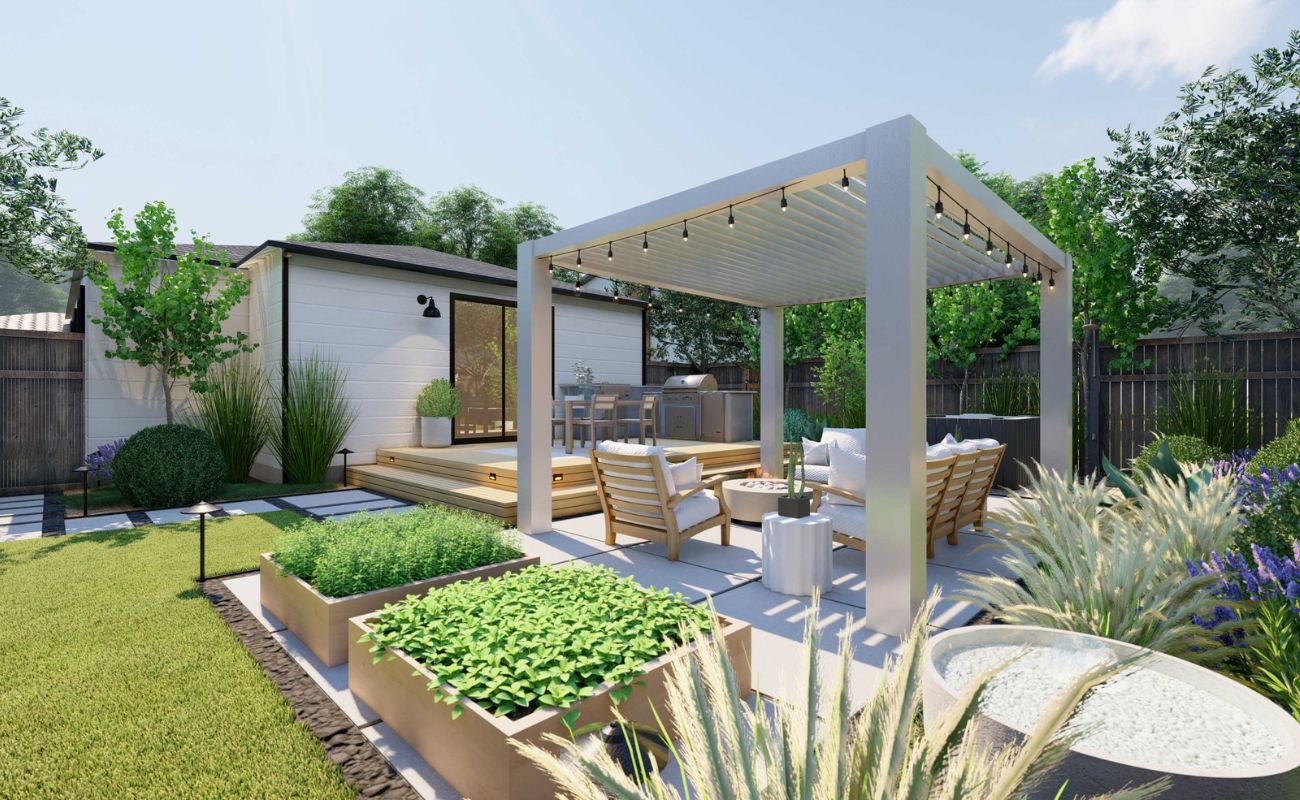
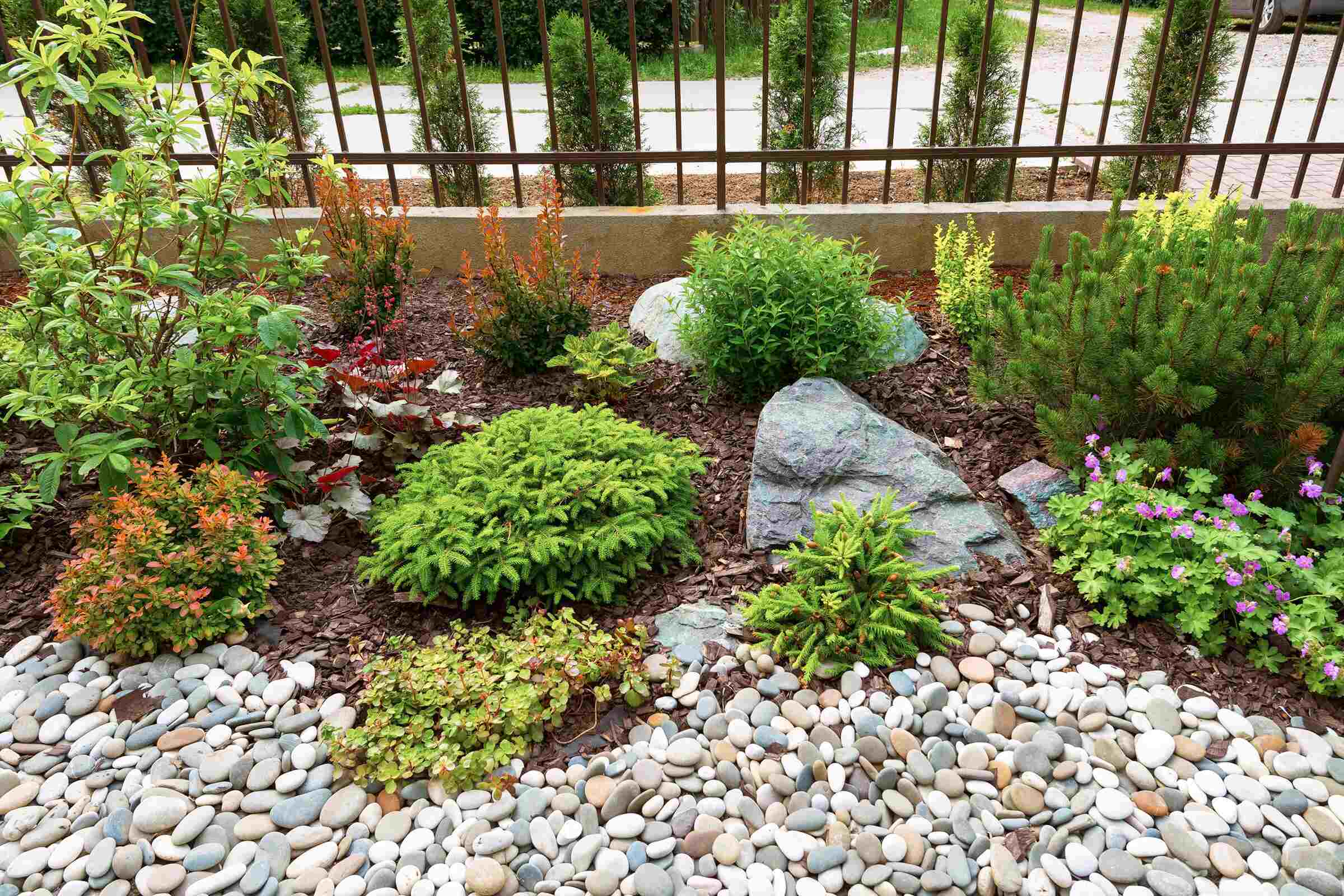
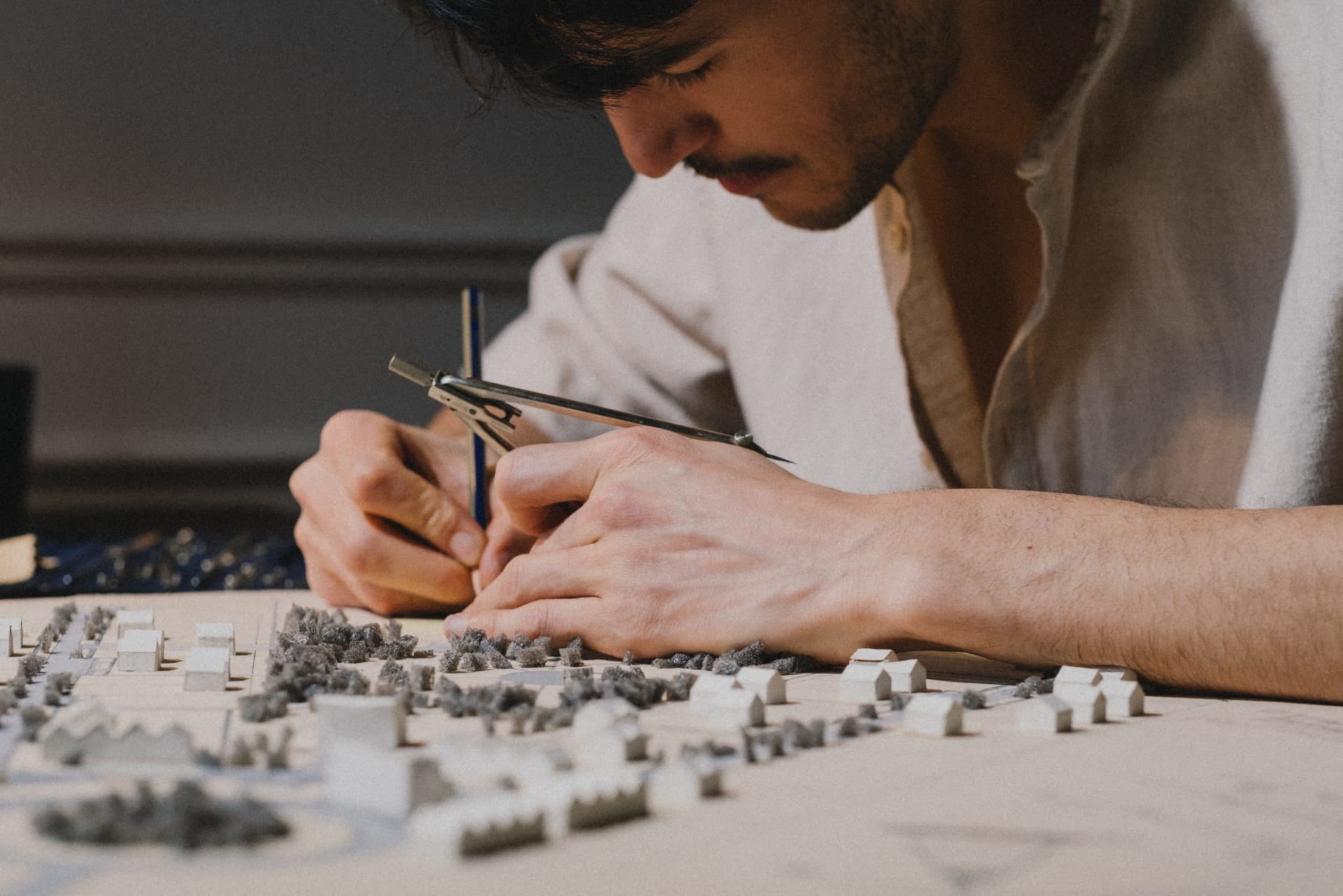
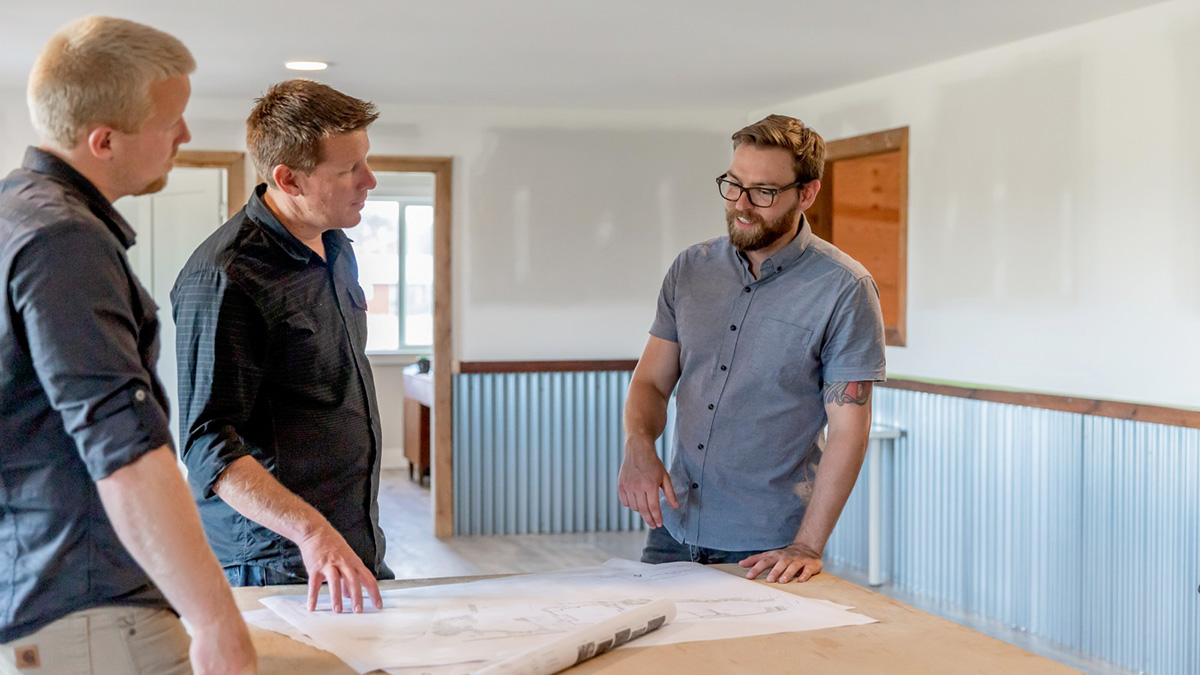
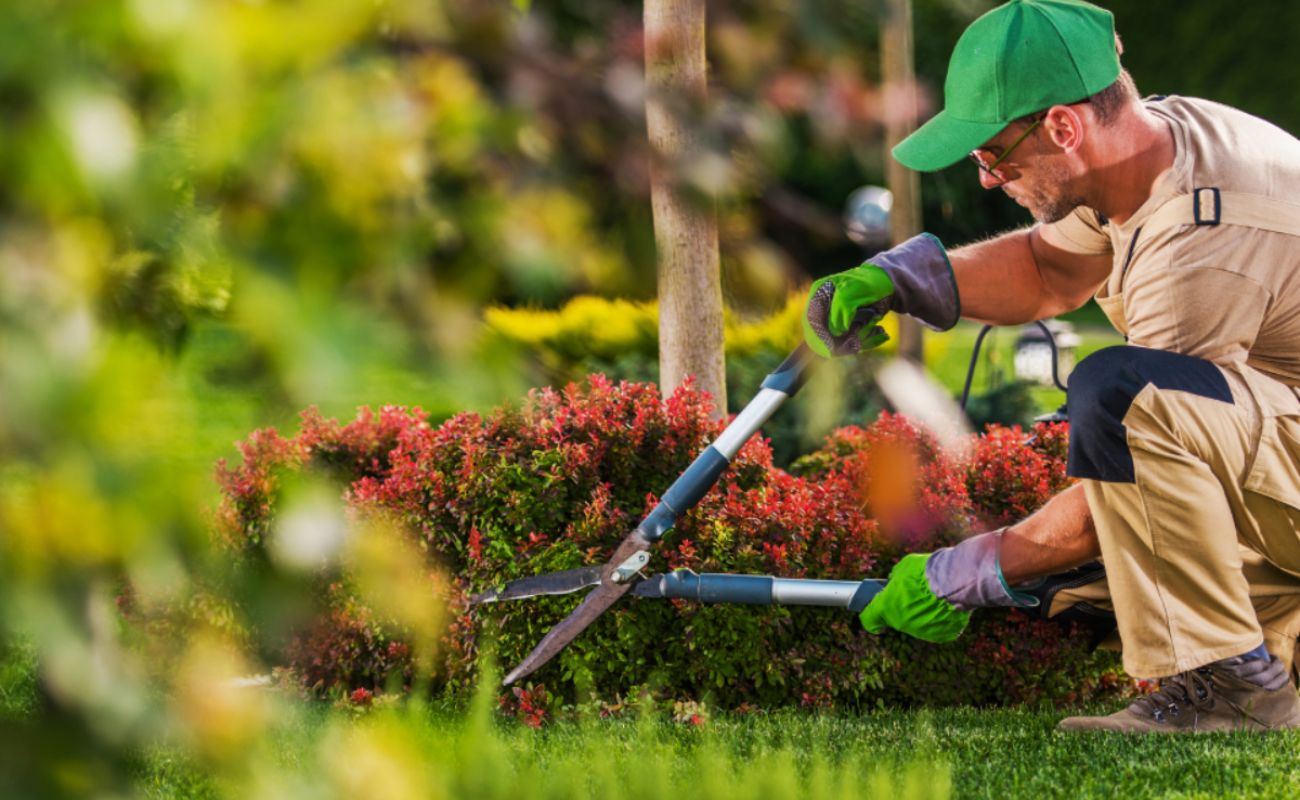
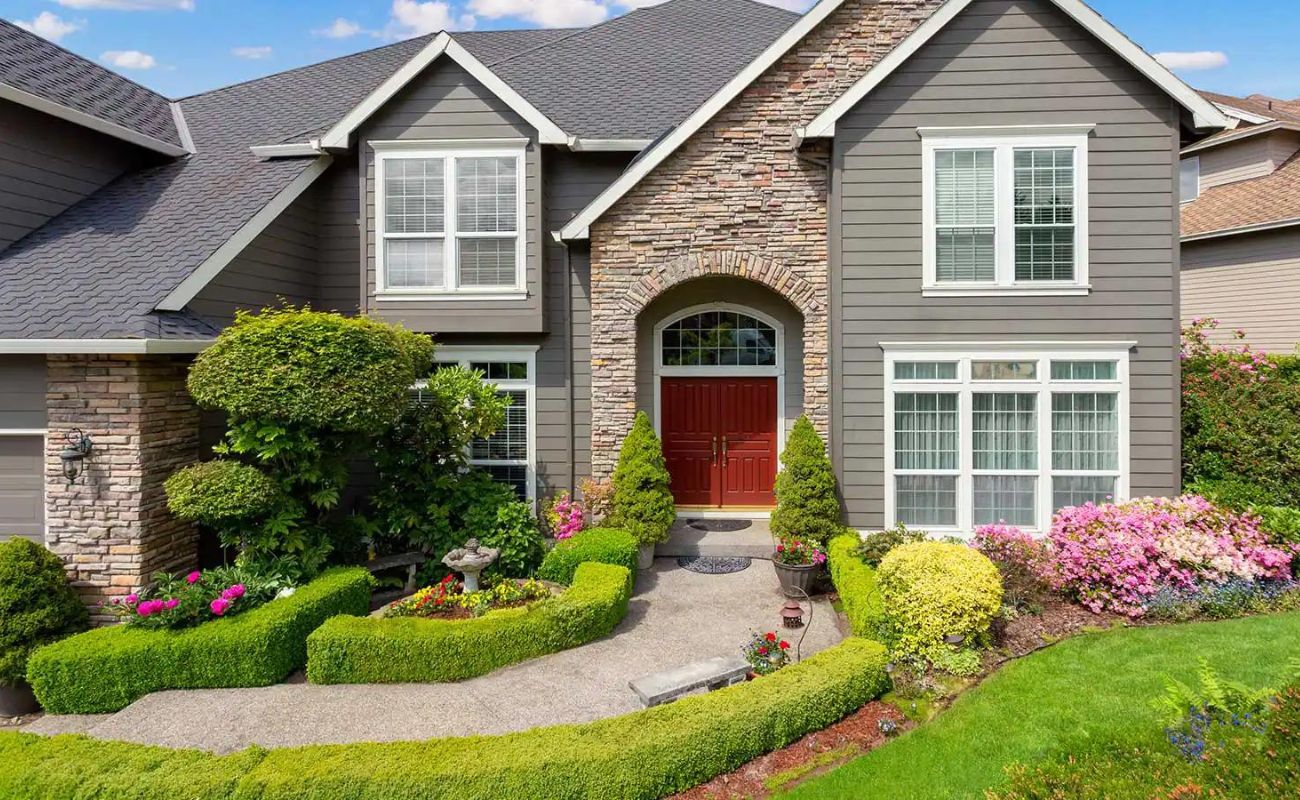
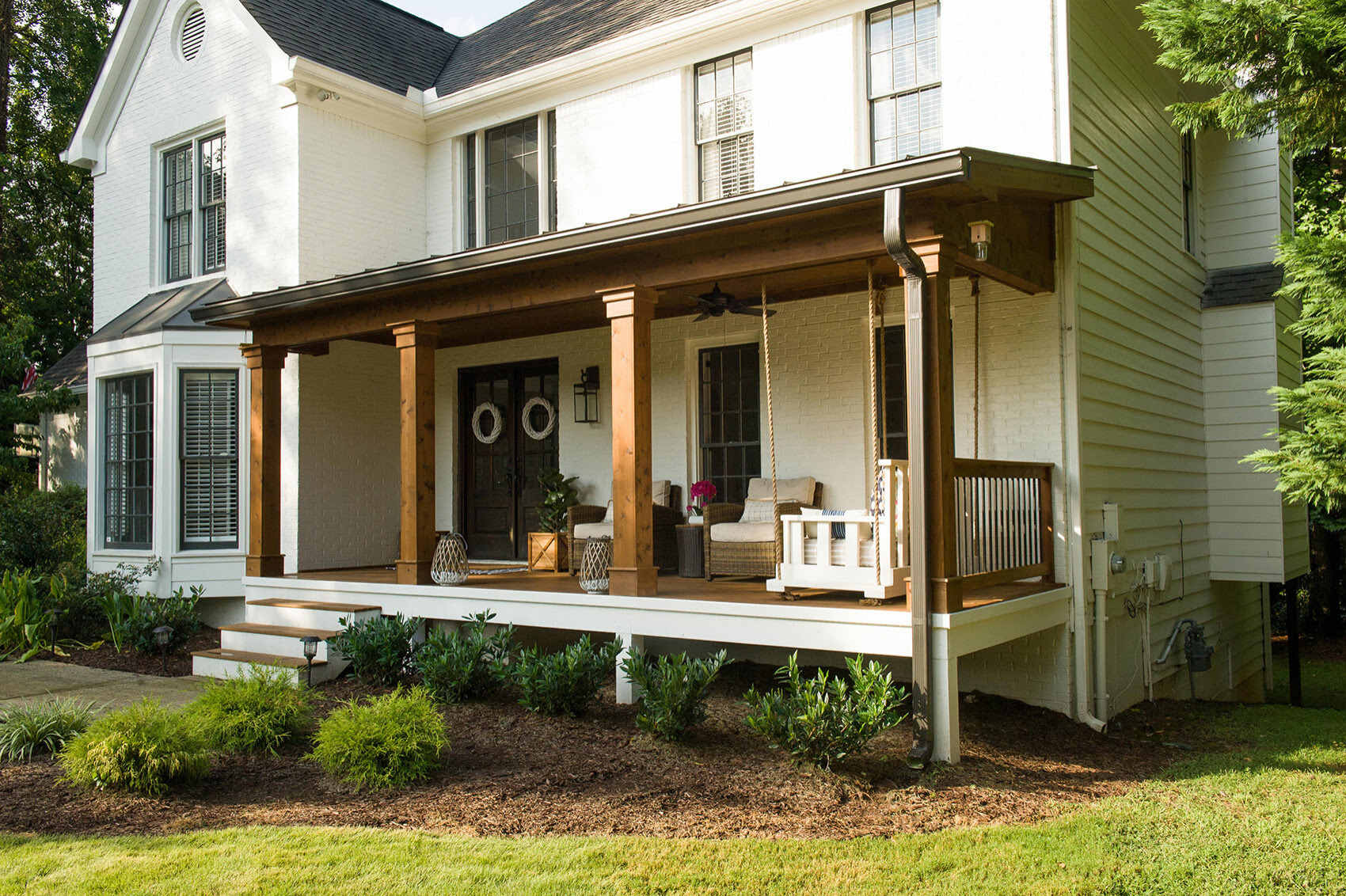
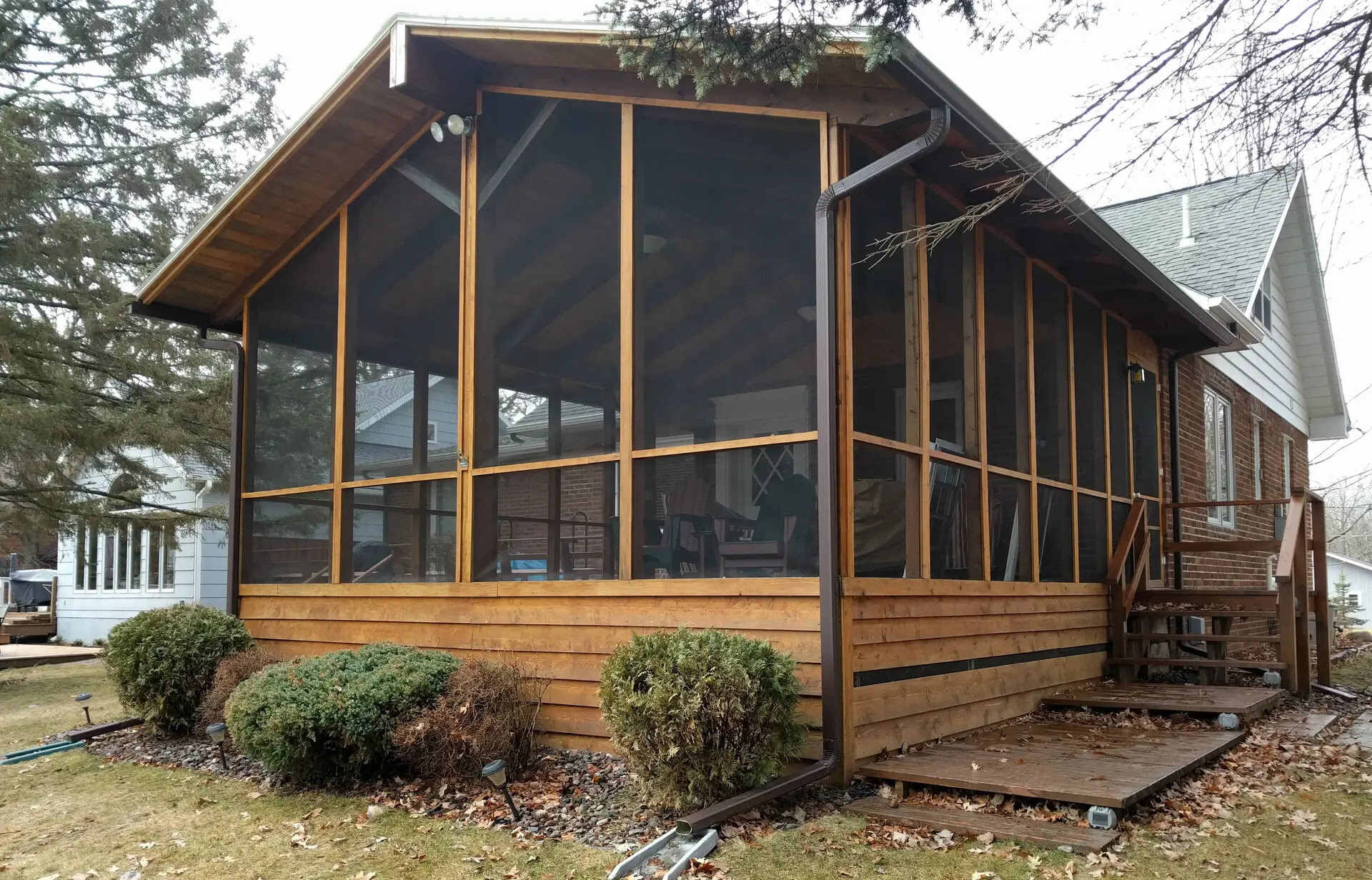
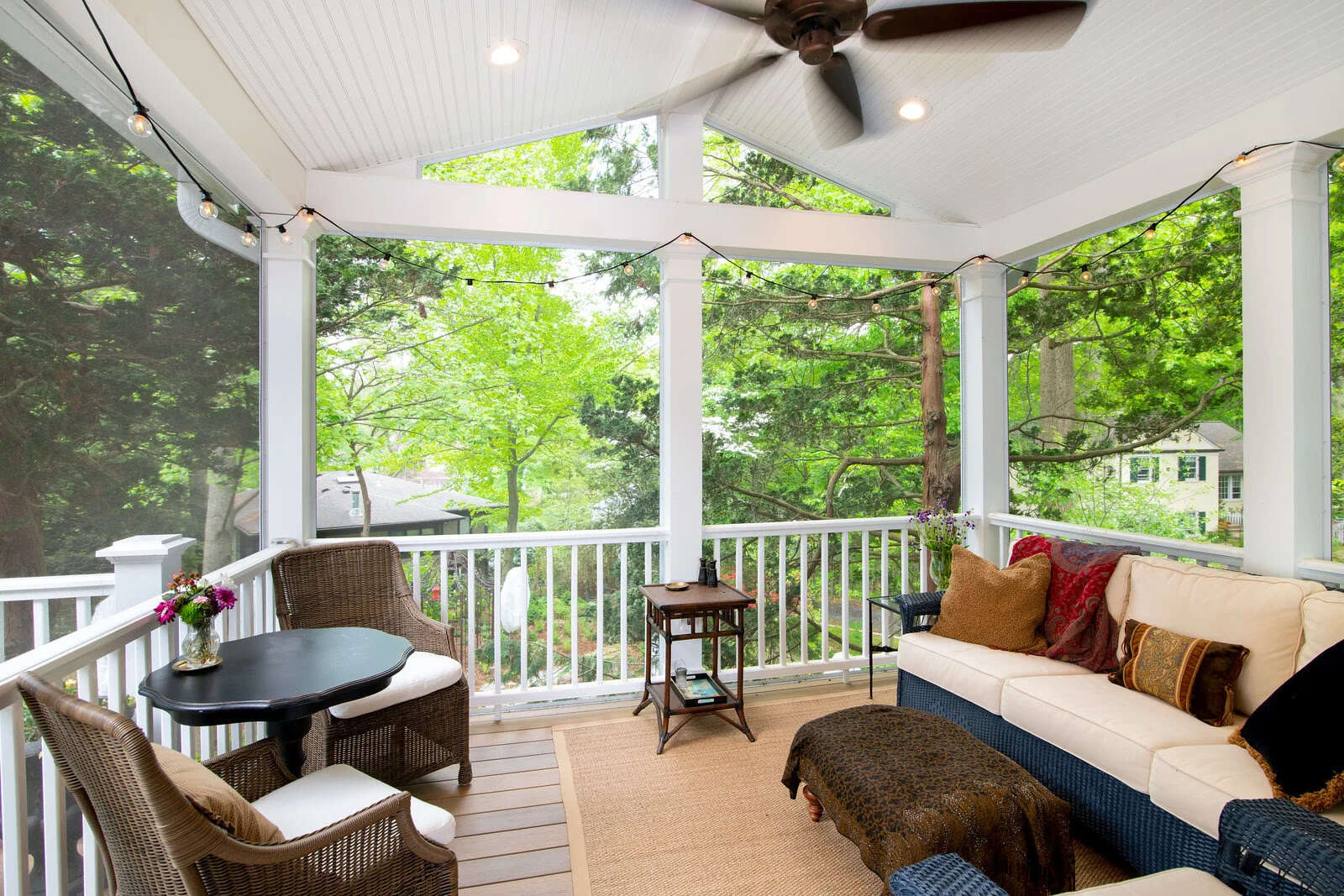
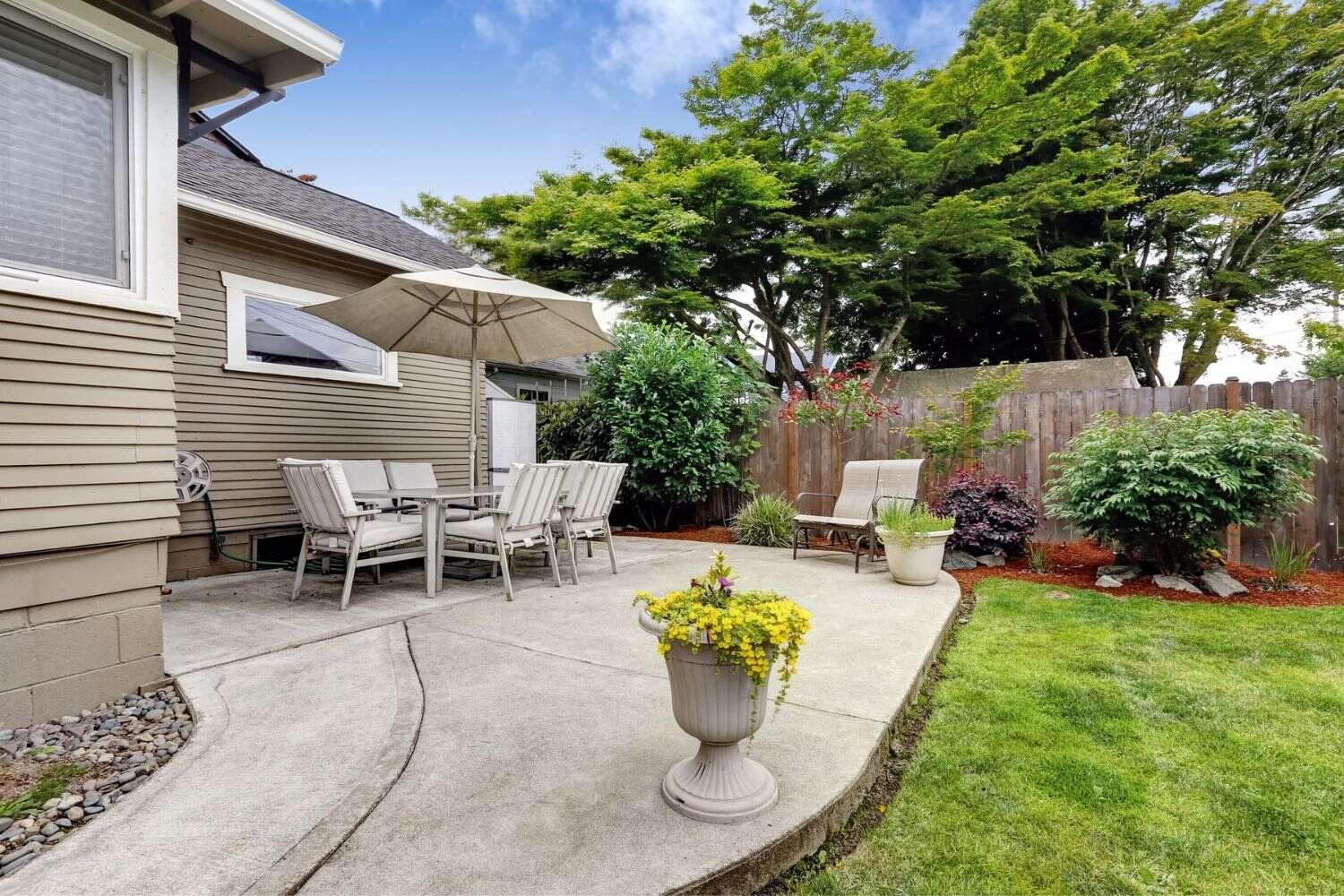
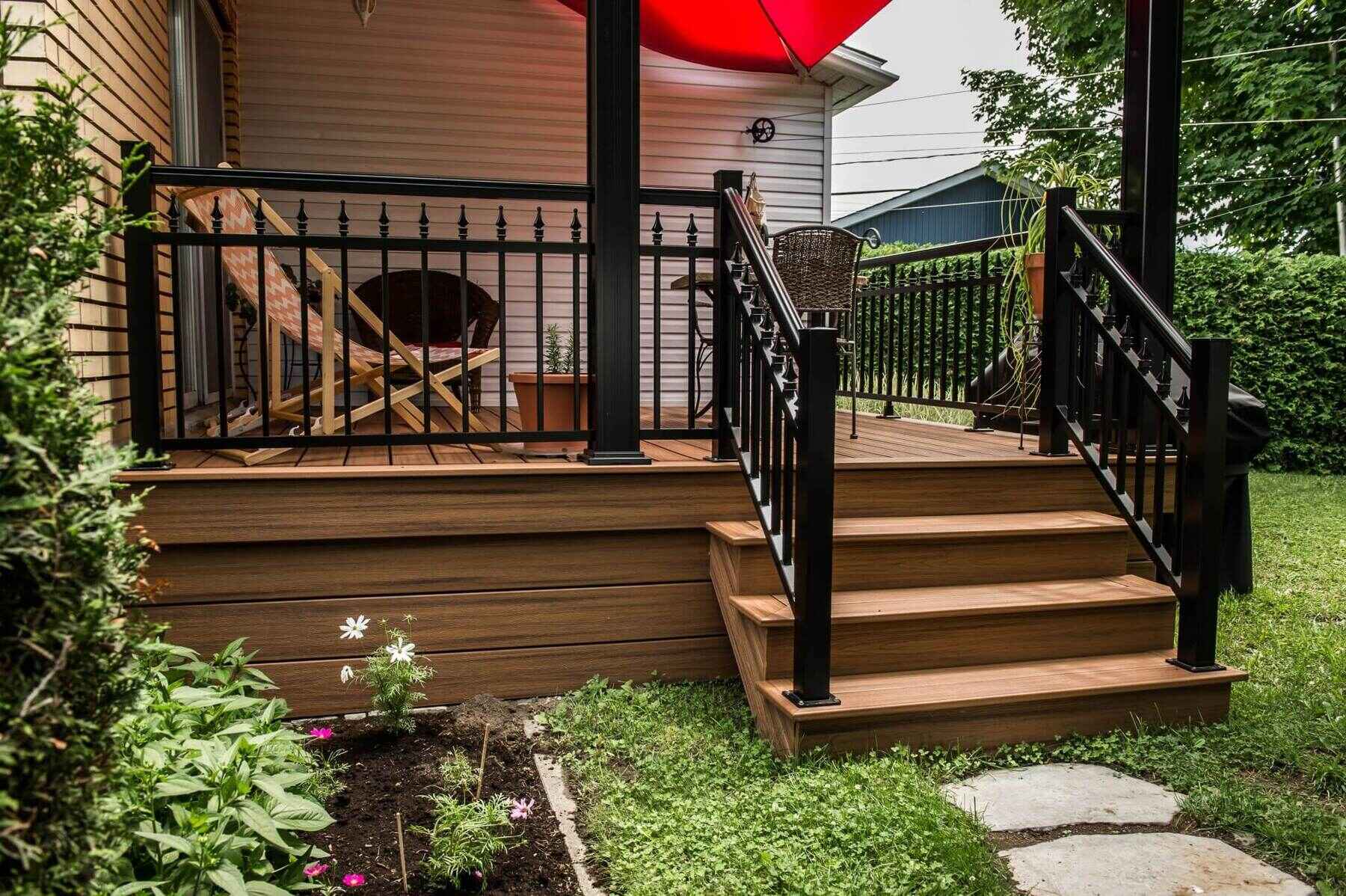
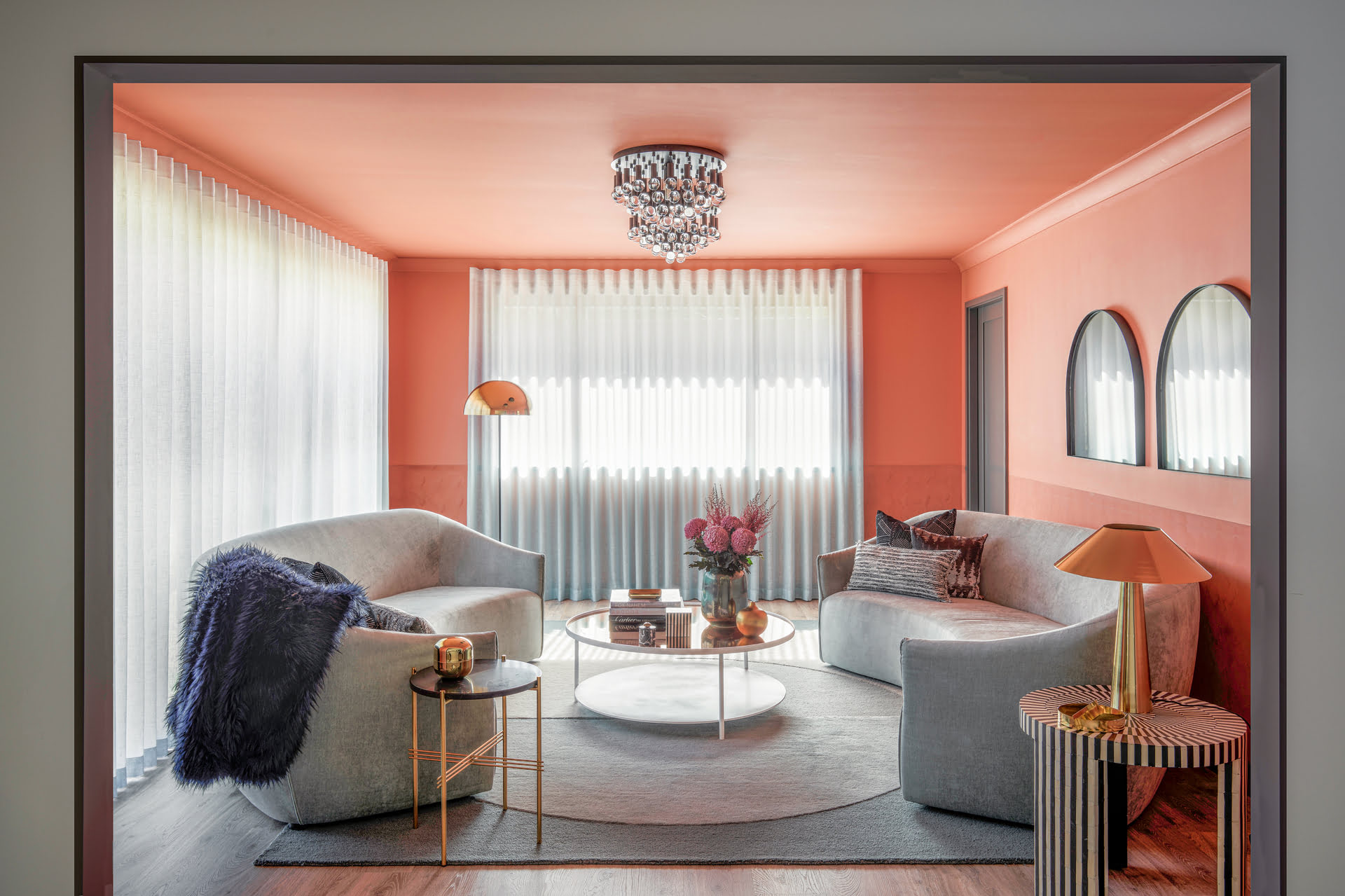
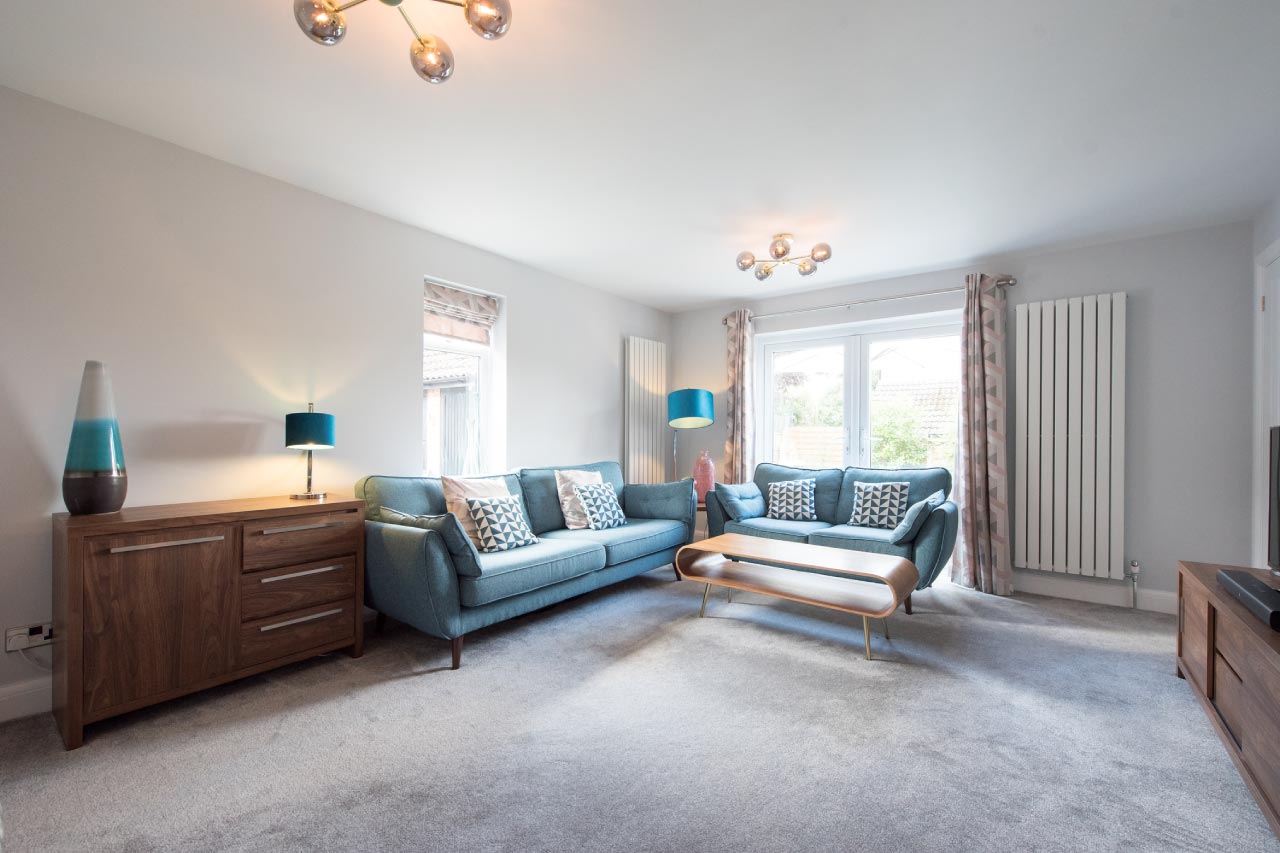
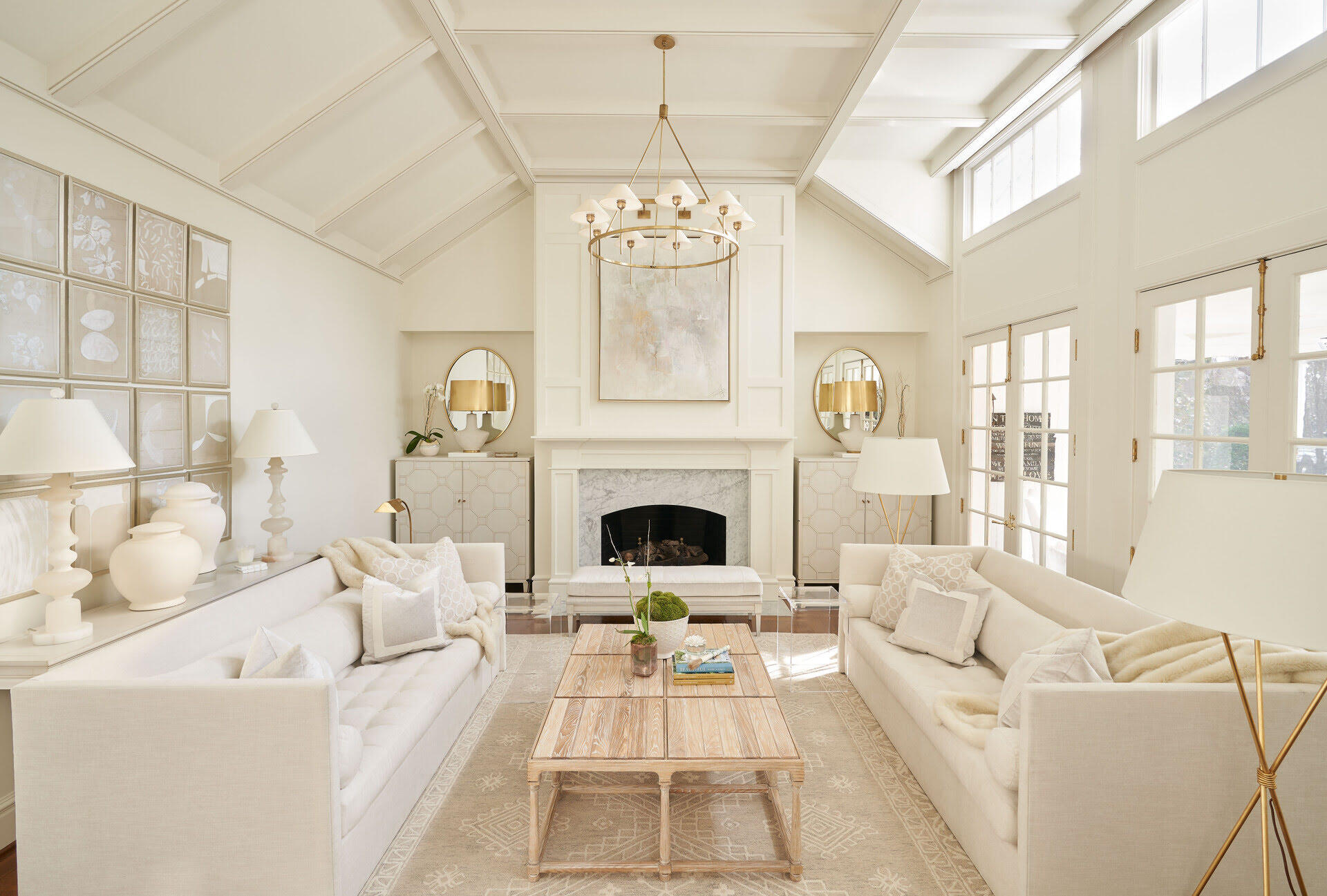

0 thoughts on “How Much Does Landscaping Design Cost”